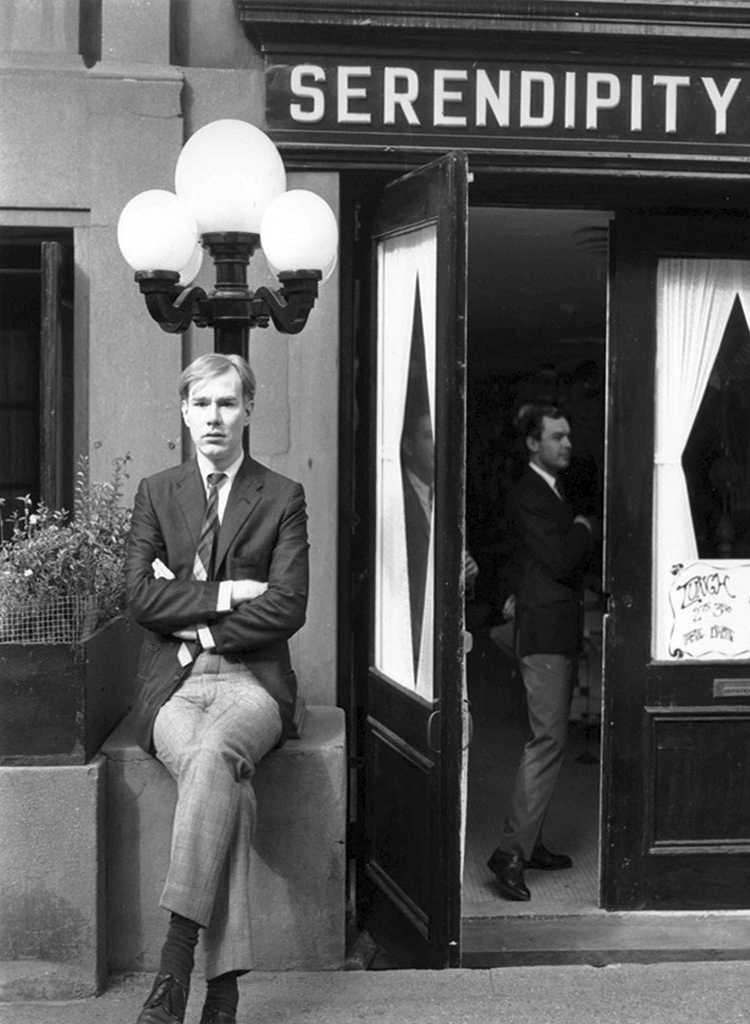You hear the term "authentic learning" used, but I can't imagine that everyone using or hearing the term thinks of the same things as examples of learning that is authentic. And does that mean that there is inauthentic learning?
Problem Based Learning (PBL) and "real world" assignments are other terms that often come up in an authentic learning discussion. There are several "reals" that are usually mentioned: learning that has a real purpose, real product, and a real audience.
Solving a real world problem doesn't mean having students find a way to bring peace in the Middle East. It might be to create in a STEM classroom a way to automatically vent a greenhouse when the temperature reaches a certain temperature. It might be to create an electronic newsletter site online for a school or class project. It could be to redesign an existing playground to make it safer, more engaging and green. The product might be a video explaining how to do a project for others that is posted to YouTube or another sharing site. All of these can be done using concepts of PBL.
Assignments, products and solutions that are seen and graded by only the teacher are less real than ones that are shared with people who need the information or would be interested in the work, including those who may want to collaborate. The rise of Web 2.0 blogs, wikis and social media have done a lot for making "schoolwork" available to the world.
In these examples, the product is less likely to be an essay or research paper, but if it is, the way the product is shared, reviewed and possibly revised is not 1:1 with a teacher.
In reading about the Common Core Standards, I find one of the complaints often heard from teachers is that the work required seems inauthentic. Of course, the standards are not authentic or inauthentic. Only the way they are taught and implemented can be judged as such. In fact, successfully or not, the idea of the standards is to prepare students better for the real world tasks of college and work.
To that end, I like some of the suggestions in this eschoolnews.com article on using Common Core to do authentic learning.
In planning, the authors suggest some backwards design: Start by deciding on the standards that needed to be covered. They suggest that social science or science standards may be easier to connect to current events that make the learning more relevant for students. Then look to the English and math standards can also be integrated.
Launch the lesson with students to get their input on what the "problem" is, who an authentic audience might be (who needs or will benefit from the product) and what that product will be (wiki, blog, podcast, video etc.).
While the teacher may still be teaching the initial concepts, standards, critical content and skills, the students should be determining the products, audience, how to deliver to that audience and even how to assess their product as a way to reflect on the process and their learning.
This is not a way of teaching that many teachers are used to employing in class. It is not a way of learning that students associate with school learning. But sometimes getting out of your comfort zone puts you into a zone that turns out to be even more comfortable.
"What Is Authentic Learning?" by Ken Ronkowitz was originally published on LinkedIn

